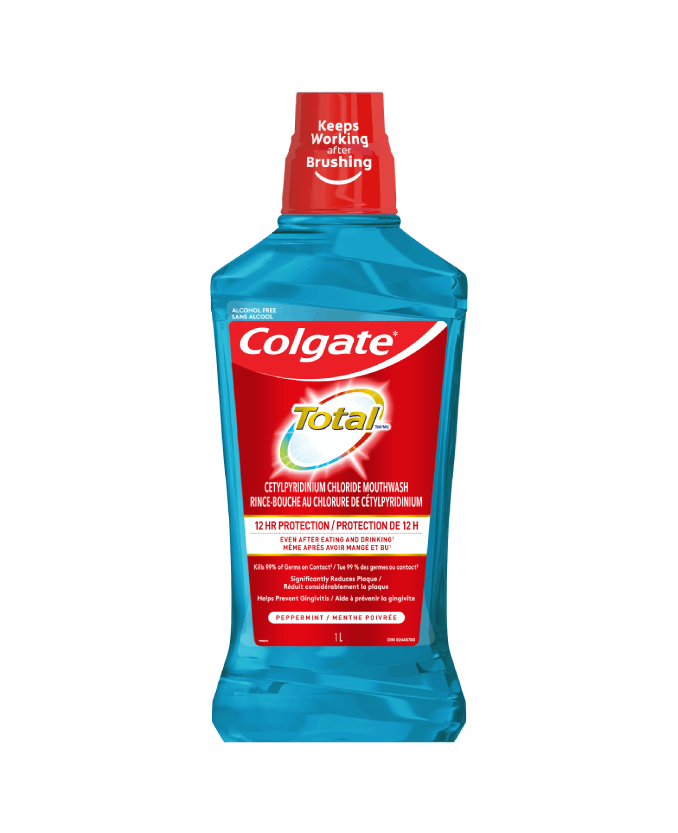Alginate Dental Impression

The process of creating accurate dental impressions is crucial in various dental procedures, including the fabrication of dental prostheses, orthodontic appliances, and study models. Among the materials used for dental impressions, alginate stands out due to its ease of use, cost-effectiveness, and patient comfort. Alginate dental impression material is a hydrocolloid, meaning it forms a gel in the presence of water, which makes it an ideal medium for capturing the details of the oral cavity.
Introduction to Alginate
Alginate is derived from brown seaweed and is composed of sodium alginate, which reacts with calcium ions in water to form a gel-like substance. This reaction is known as gelation and is the principle behind the use of alginate in dental impressions. When alginate powder is mixed with water, the sodium alginate reacts with the calcium ions present in the water, leading to the formation of a calcium alginate gel. This gel is sufficiently rigid to retain the shape of the dental structures it is molded against, yet it is also sufficiently elastic to be removed from the mouth without causing trauma to the tissues.
Advantages of Alginate Impressions
- Cost-Effectiveness: Alginate is one of the most affordable impression materials available, making it accessible for both dentists and patients.
- Ease of Use: The mixing and handling of alginate are relatively straightforward, requiring minimal equipment and technical expertise.
- Patient Comfort: Alginate impressions are generally well-tolerated by patients. The material is not too rigid, and its gelation occurs at mouth temperature, making the impression-taking process relatively comfortable.
- Detail Reproduction: Alginate can capture a high level of detail, including the finest nuances of tooth and tissue morphology, which is essential for accurate dental restorations and appliances.
The Alginate Impression Process
The process of taking an alginate impression involves several steps:
- Preparation: The dentist prepares the patient’s mouth by removing any loose debris or plaque that could interfere with the impression.
- Mixing the Alginate: The alginate powder is mixed with water in a bowl until a smooth, consistent mix is achieved. The water should be at the correct temperature (preferably around 20°C to 25°C) to ensure optimal gelation time and to prevent the mixture from becoming too runny or too thick.
- Loading the Impression Tray: The mixed alginate is then loaded into an impression tray. The tray is shaped to match the dental arch being impressed and is designed to hold the alginate in place during the impression-taking process.
- Taking the Impression: The loaded tray is inserted into the patient’s mouth, and the alginate is allowed to set. The gelation time can vary depending on factors such as the water temperature and the specific type of alginate being used. Generally, it takes a few minutes for the alginate to set sufficiently to capture the details of the oral cavity accurately.
- Removing the Impression: Once the alginate has set, the tray is carefully removed from the mouth, taking care not to distort the impression.
Challenges and Limitations
Despite its advantages, alginate has several limitations and potential challenges:
- Dimensional Stability: Alginate impressions are prone to shrinkage after removal from the mouth, which can affect their accuracy. It is crucial to pour the impression with dental stone as soon as possible to minimize this effect.
- Tear Resistance: Alginate is relatively fragile and can tear easily, especially if it is stretched or flexed excessively during removal from the mouth.
- Issues with Dehydration: If the impression is not properly stored or if it is exposed to air for too long, it can dehydrate, leading to distortion and a potential loss of detail.
Future Trends and Alternatives
The field of dental impressions is evolving, with advancements in digital impression technologies offering alternatives to traditional alginate impressions. Digital impression systems, such as those using intraoral scanners, provide highly accurate digital models of the patient’s teeth and surrounding tissues. These systems eliminate the need for physical impression materials and offer several advantages, including reduced impression time, immediate visualization of the impression, and the possibility of transmitting the digital model directly to dental laboratories for fabrication of dental appliances.
Conclusion
Alginate remains a widely used and effective material for dental impressions due to its unique combination of properties, including ease of use, cost-effectiveness, and the ability to capture fine details. While it has its limitations, such as dimensional instability and potential for tearing, these can be managed with proper technique and handling. As dental technology continues to evolve, it will be interesting to see how traditional impression materials like alginate are integrated with or complemented by digital impression systems to enhance patient care and outcomes.
Common FAQs About Alginate Impressions
What is alginate used for in dentistry?
+Alginate is used to create dental impressions. It is mixed with water to form a gel that captures the shape of the teeth and surrounding tissues, allowing for the fabrication of dental models, prostheses, and other appliances.
How long does it take for alginate to set?
+The setting time of alginate can vary depending on factors such as the type of alginate and the water temperature. Generally, it takes around 1.5 to 4.5 minutes for alginate to set sufficiently to capture the details of the oral cavity accurately.
Can alginate impressions be used for all dental procedures?
+No, while alginate is versatile and commonly used, there are procedures that may require more precise or durable impression materials, such as silicone or polyether. The choice of impression material depends on the specific requirements of the dental procedure.
In conclusion, alginate dental impressions remain a fundamental tool in dentistry, offering a balance of cost-effectiveness, ease of use, and detail reproduction that makes them suitable for a wide range of applications. As dental technology continues to advance, the integration of traditional materials like alginate with newer digital technologies will likely play a significant role in shaping the future of dental care.


